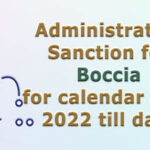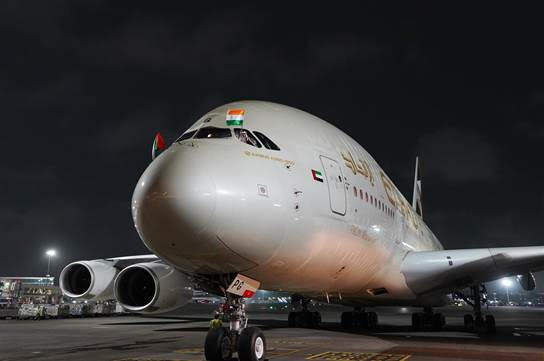PR News, July 12
On an average week, over 50,000 travellers connect to their destination of choice on codeshare or interline flights operated by Emirates’ many partners. The airline’s numerous partnerships developed over the years have helped fuel its growth, enabled frictionless connectivity for customers, bolstered loyalty reciprocity and tapped into unique markets that have generated new traffic flows.
While Emirates’ business strategy has always been to grow organically, its strategic partnerships like interline agreements and codeshares help to expand its global footprint, enabling the airline’s customers to reach places far beyond its own network. Emirates will continue evolve its partnership strategy by broadening many of its interline partnerships to full-fledged codeshare agreements, and strengthening its existing codeshares to build on its already industry-leading network position.
Since it signed its first interline agreement, Emirates’ global partner network has grown exponentially across Europe, North America, Asia, Australia, Africa and the Middle East.
Today, the airline has 29 codeshare, 117 interline and 11 intermodal rail partners across the transport ecosystem in over 100 countries, delivering an array of travel choices through flexible schedules for travellers, and providing seamless connectivity, relevance and a network reach that extends to over 5,250 additional sectors covering over 800 cities. For example, in the Americas this means reaching cities beyond major airports, like Corpus Christi through United and Halifax with Air Canada. In Asia, travellers have strong connection opportunities to leisure points like Koi Samui in Thailand and Luang Prabang in Laos with partner Bangkok Airways. In Africa, South African Airways and Kenya Airways connect Emirates customers to an array of underserved points like Vilanculos, Kilanmanjaro, Juba, and Maputo.








